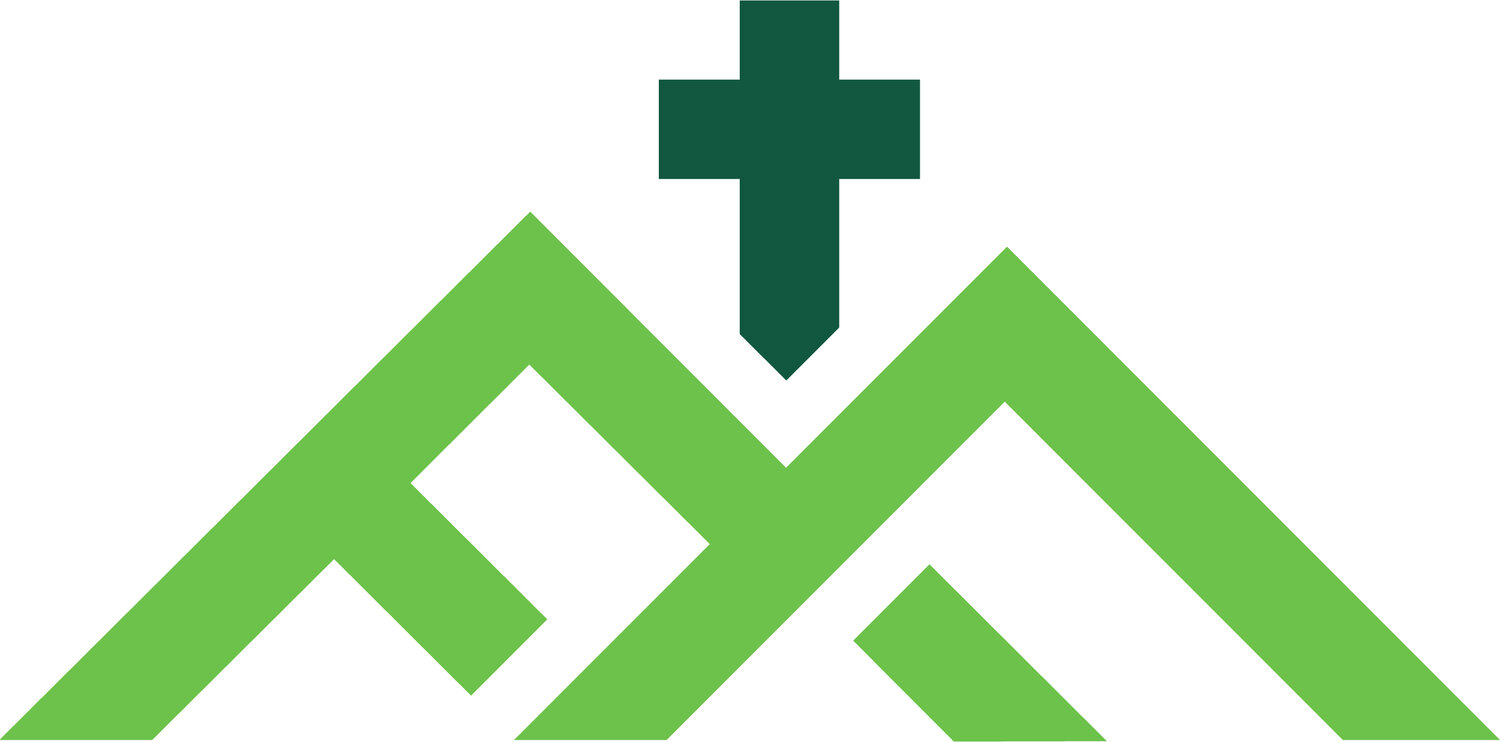Risk management for institutional investors: to avoid, or to control?
By Karen Manczko
Wespath’s Director of Institutional Relationships
Originally published August 27, 2021
I recently listened to a podcast focused on risk management in the investment process, recommended by our Chief Investment Officer, Dave Zellner. While Dave’s recommendations are always informative, this specific episode really piqued my interest as I often find myself having similar conversations about risk management with our institutional investors. While managing risk is clearly a key component of constructing and managing an investment portfolio, it’s also a phrase that brings about misconceptions compared to its practical application.
The aforementioned podcaster discussing risk management was none other than Howard Marks, the renowned high-yield bond guru. Howard was one of the first major investors in high-yield debt, which is typically a higher-risk fixed income strategy. In this podcast, Howard noted that, at the time he began investing in high-yield debt, the strategy was unconventional, and many investors wondered why he would invest in such a risky asset. Howard’s perspective is compelling: “Securing against losses is not enough. You actually have to find some winners.”
The point of this response, and the overall approach Howard speaks to, is that complete risk avoidance is rarely the best option; instead, investors need to think about their process in terms of risk control.
We echo a similar sentiment when speaking with our institutional clients. The topic of risk management most frequently comes up during the new investor onboarding process. During initial asset allocation discussions, we ask the investor about their risk tolerance. A common response is something like: We want to take on the least amount of risk in order to protect our investment principal from losses, while earning enough income to sustain our operations.
This seems like a reasonable objective, but in practice, it can get tricky. For example, we can confidently say that if you invest in the stock market, there will be periods where you lose money. So, the “least amount of risk possible” would imply that this hypothetical investor may want to avoid stocks altogether.
But what option truly makes the most investment sense? If an investor is seeking to identify the “safest” option, should the investor simply put their money in a low-risk vehicle like a certificate of deposit (CD)? Well, the issue there is that five-year CDs today are paying an average interest rate of 0.31%.1 Unfortunately, the days when CDs paid out rates of 8%, like they did in 1985, are long gone. By taking this route, our hypothetical investor is unlikely to achieve the returns required to sustain their operations, and their money cannot be withdrawn without penalty until the CD matures.
Clearly investors must control their risk, not simply avoid it. While this concept may seem overwhelming at first mention, controlling risk is possible. In fact, the markets have shown that, over time, a diversified investment portfolio of stocks and bonds can reliably produce positive returns, while maintaining appropriate levels of risk.
Of course, one’s exact asset allocations will include varying risk/return profiles based on their unique circumstances. Howard Marks addressed this topic in the podcast as well:
“The highest-returning investment activity might be venture capital investing, and somewhere in the probability distribution for any venture capital fund investment is the possibility that all the investments turn out to be valueless. So, if I’m a conservative investor, I’m not going to do that… [We have] to take our own tolerances and predilections into account.”
In my own words, sound risk management—or risk control, as we have said—should always be based on balancing risk and reward rather than focusing solely on one factor or the other.
Wespath certainly doesn’t want our investors losing sleep at night over the amount of risk in their portfolios, but we do want them to be confident that they are earning rates of return that will support their organizations’ missions well into the future.
The aforementioned podcast episode is available here.
1https://www.bankrate.com/banking/cds/current-cd-interest-rates/
2https://www.forecast-chart.com/rate-cd-interest.html

